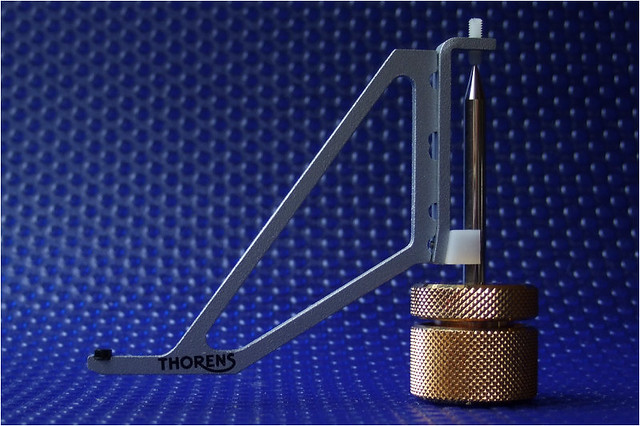Test LPs has been my biggest issue with testing vinyl. Proper frequency response LPs like the Decca, seem to be unobtainable except very rarely on eBay. The problem is that the Decca, and presumably all the others too, claim to be calibrated only for the first 5 plays, for anything above 10kHz due to wear. Do reviewers really have a stock of LPs they play 5 times then dispose of?
I generally use white or pink noise for frequency response measurements on vinyl, but again, it's unknown how white, how pink, and how much wear, so how accurate? Every cartridge I have measured seems to lack extreme HF, (above around 15-16kHz), so have to assume that's my records. Also, measuring W&F, it requires the LP to be perfectly centred, and some of my so-called test LPs certainly aren't, and how much W&F is there on the cutting lathe? That's never specified. Test tapes were far more precise than test LPs and measuring vinyl was for me always a hit and miss affair.
S



